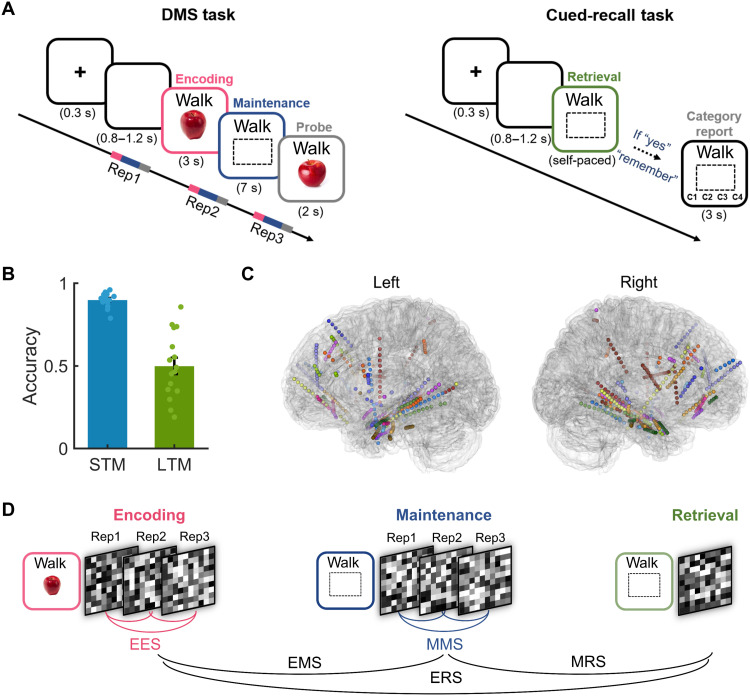Fig. 1. Experimental protocol, behavioral performance, and analysis strategy.
(A) Experimental paradigm. Associations between words and pictures were first encoded and maintained in a short-term memory task (DMS task; left). After each run, participants performed a long-term memory cued-recall task (right). (B) Accuracy during short-term memory (STM) and long-term memory (LTM) retrieval. (C) Localization of channels across participants. Channels were widely distributed across brain regions, including the lateral temporal lobe, the medial temporal lobe, the frontal lobe, and the parietal lobe. (D) Schematic overview of the pipeline for RSA. RSA was performed both within and across memory stages. For within-memory stage analyses, RSA was performed between repetitions (Rep) of the same associations during encoding and maintenance, resulting in measures of encoding-encoding similarity (EES) and maintenance-maintenance similarity (MMS). RSA was also performed across different memory stages, resulting in encoding-maintenance similarity (EMS), maintenance-retrieval similarity (MRS), and encoding-retrieval similarity (ERS). Note that all RSA was performed within runs.

